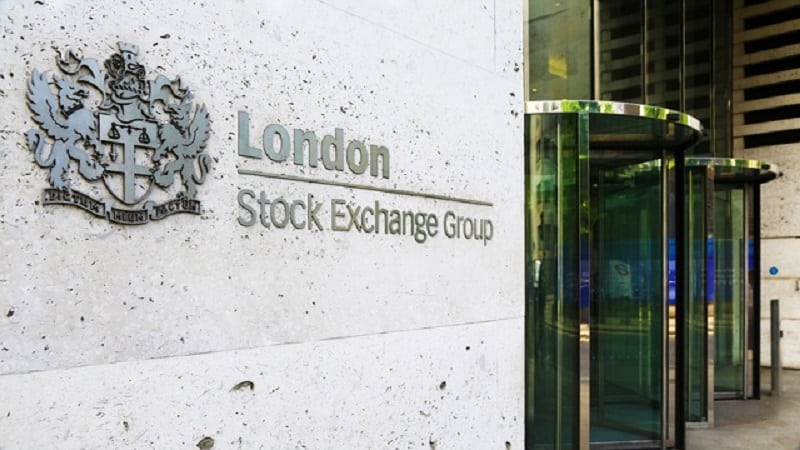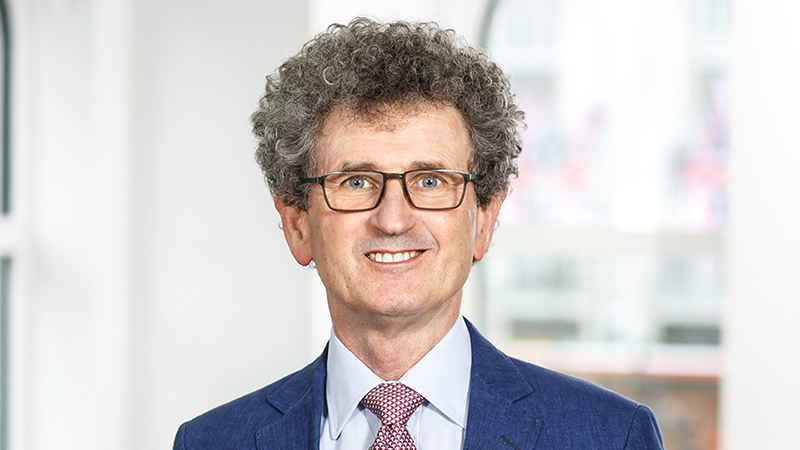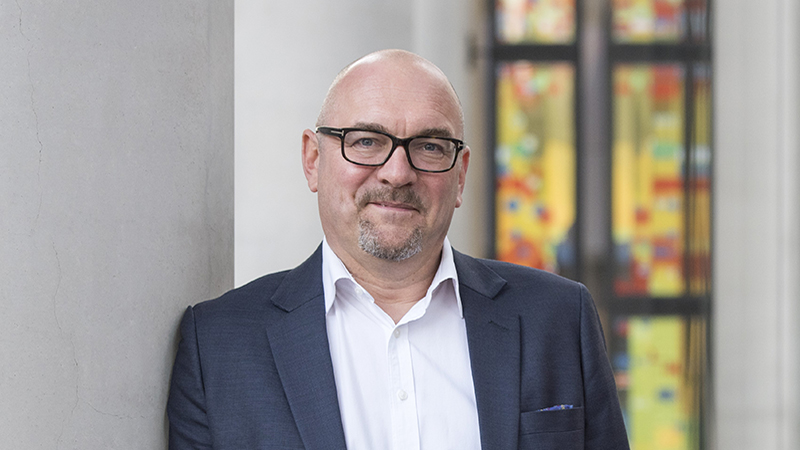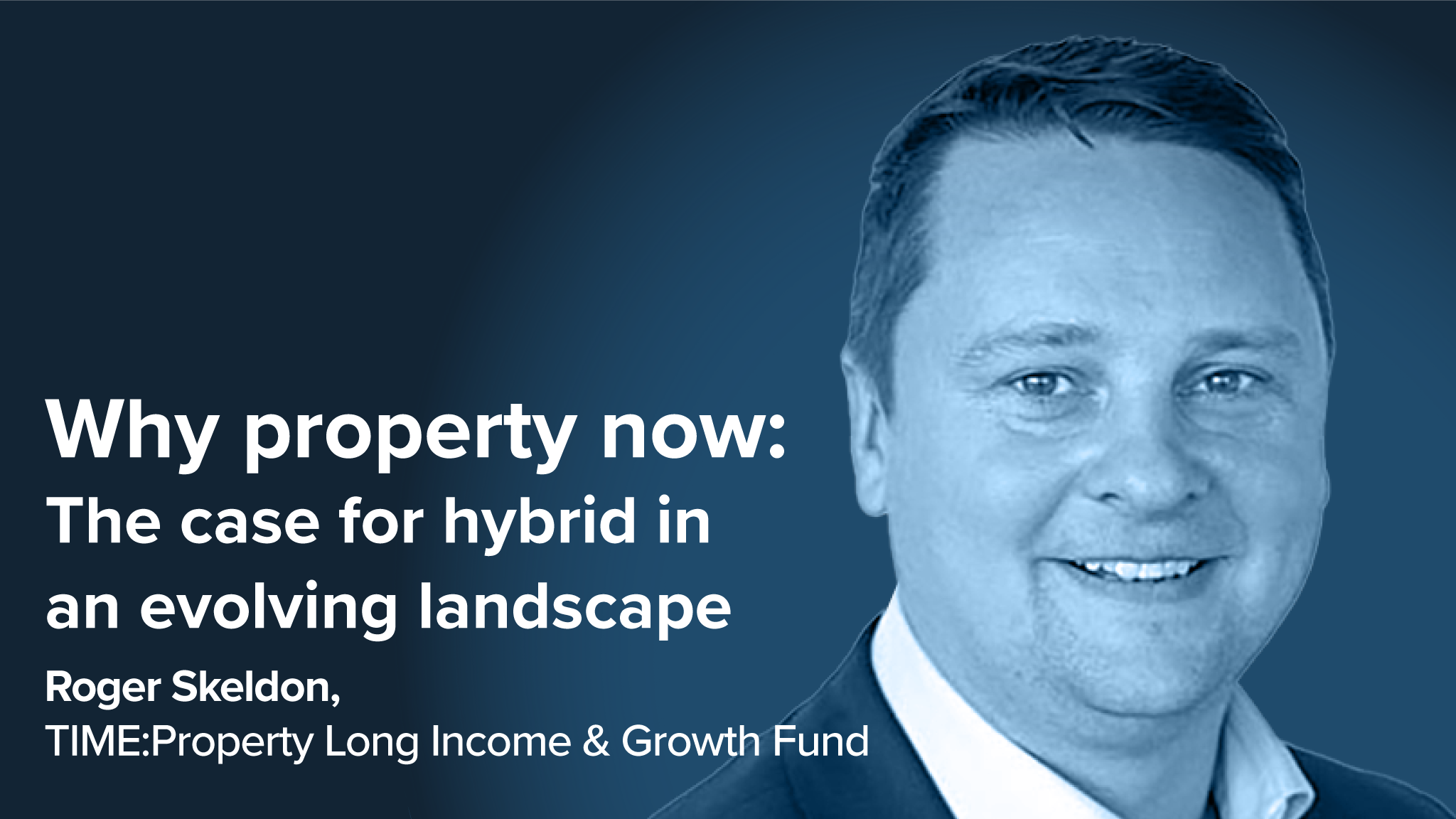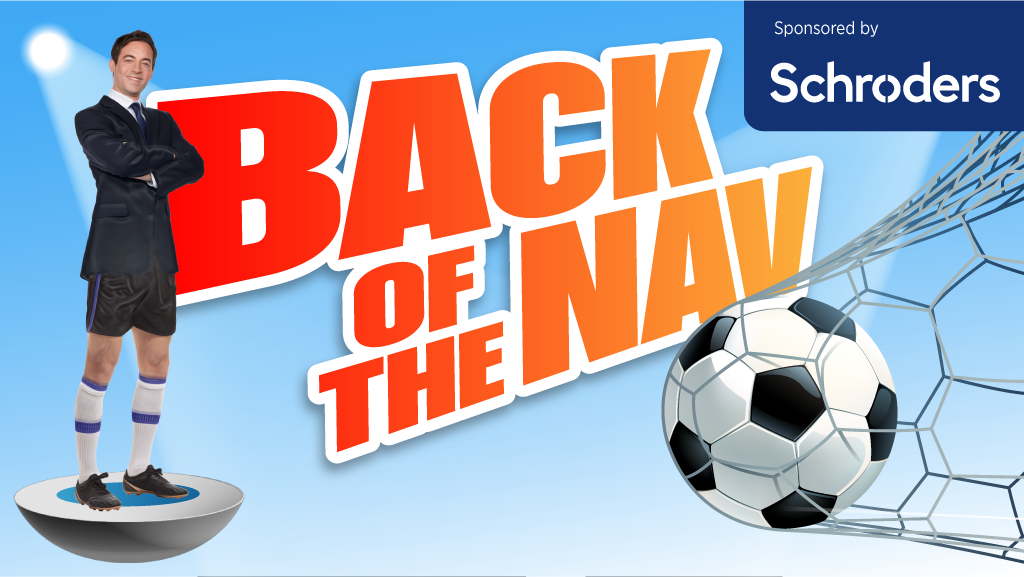In the latest in our regular series, Portfolio Adviser hears from Ben Cherrington, head of UK wholesale, asset management at L&G (pictured below.)
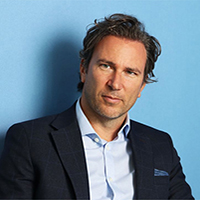
Which particular asset classes and strategies do you anticipate your intermediary clients focusing on in 2025?
In the active space, we see continued appetite for the Strategic Bond fund sector. Given how volatile markets have been in recent years, outsourcing the fixed income component of your portfolio to an established, well resourced, performing team makes sense.
Our own strategy, the L&G Strategic Bond fund, has grown significantly in the past couple of years and is now almost £1bn in AUM.
Index wise, we have also seen significant demand for non-market cap weighted exposure, specifically in the US, given the concerns around concentration risk. An equal weighted approach to accessing the US will continue to be helpful in reducing sensitivity to the magnificent seven.
More broadly, and driven in large part by the regulatory landscape, we’re likely to see the rise of MPS continue. There are two ways to win here – promoting your own MPS proposition, and/or providing building blocks for the key players in the market. At L&G, we’re doing both.
Should end-investors – and, by association, asset managers – be thinking beyond equity and bond investments? Towards what?
The choice facing clients is vast – product proliferation is rife, so cutting through the noise has never been more difficult.
From our perspective, it’s a great time to have a full suite of established products across all asset classes, both public and private, as well as the capabilities and resource to build bespoke solutions. We’ve seen appetite for more nuanced exposures over recent years, be that more thematic index products such as global tech and infrastructure, AI or robotics ETFs, or more specific implementation within the fixed income space.
To what extent do private assets and markets fit into your thinking? What are the current pros and cons for investors?
Private markets sit comfortably within a DC context, where the flow profile is totally appropriate to the liquidity characteristics of the private markets universe. Equally, in the high-end wealth space, private market exposure is already being used to great effect to complement public assets.
Within mainstream wholesale, there remains an access puzzle. The platform ecosystem is built primarily for a daily dealing fund environment, and vehicles such as LTAFs remain problematic.
Fund selectors remain cautious exposing their underlying investors to potentially illiquid strategies, heavily influenced by the dynamics surrounding Woodford and UK Property funds. L&G has tremendous ambitions in the private markets space, so we are watching how this situation evolves very closely.
Given client and regulatory pressure on charges, how is your business delivering value for money to intermediaries and end-clients?
As the largest UK-based index provider, we have been a major beneficiary of the migration of active to passive, a significant driver of which has been cost. We were also one of the first to recognise the need for a low cost multi-asset proposition post RDR, and our multi-index franchise is now sizeable and established.
Despite a clear ambition to reduce fees over time, I firmly believe there remains space for superior or differentiated active strategies – this is being proven by our success with our Strategic Bond fund.
How much of your distribution is currently oriented towards climate change, net zero, biodiversity, and other segments of sustainable investing? How do you see this approach to investing evolving?
Without doubt, the enthusiasm for all things ESG/sustainable has softened over the past 18 months – two years, as evidenced in IA industry flow stats. This has partly been down to various performance headwinds since the pandemic, but also regulatory uncertainty across the implementation of SDR. It will be interesting to see how demand returns now that the framework is embedded, and the universe of labelled funds continues to grow.
As a recognised leader in responsible investing, we are keen to ensure that we continue to offer credible, differentiated solutions within this space, such as our Flagship Future World ESG Tilted optimised and index range.
How are you now balancing face-to-face and virtual distribution? In a similar vein, how are you balancing working from home and in the office?
We run a hybrid model, with the team dividing their time between working from home and from the office. In terms of client interaction, Covid absolutely evolved how many of our clients choose to interact with us, with many preferring virtual touchpoints for efficiency’s sake.
However, I am a firm believer that while virtual contact works for existing relationships, face to face engagement is required to build deeper connections with clients. Purely virtual engagement can feel transactional, so you need a blend of both.
Looking a little further ahead, in what ways do you see the asset management sector evolving over the next few years?
Consolidation is collapsing the number of clients we deal with. The fund selection process will continue to professionalise at pace, with more institutional-like due diligence processes and a move towards the creation of more bespoke, co-manufactured solutions.
We’ll increasingly see a smaller number of larger, more technical, more commercially assertive gatekeepers looking to build product with asset managers, rather than simply providing access to existing pooled funds.
This has a significant impact in terms of how we structure our distribution efforts. In the new world, you win big or you lose big.
What do you do outside of work?
When I’m not chasing my seven year old daughter around a playground or trampoline park, I like to spend my time either on a golf course or out on the water.
What is the most extraordinary thing you have seen in your life?
Either the summit of Mount Kilimanjaro or a raccoon sitting next to me in a hot tub in Florida. Very close call!
